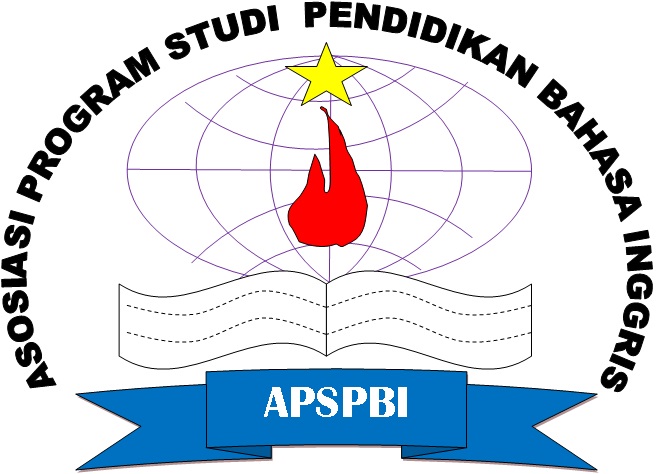EFL learners’ perception of the project-based learning method in extensive reading course
DOI:
https://doi.org/10.28918/erudita.v1i1.4527Keywords:
English extensive reading, Project-based learning, EFL students’ perceptionAbstract
The lack of English reading ability in Indonesian students is a common problem, and many times the teacher uses the Project-Based Learning (PBL) method to help students improve their English reading ability. This study wants to portray students’ perception of the PBL method in the English extensive reading course. Data of this study were collected through interviews. The participants of this research involved five students from the English Extensive Reading class. The data were analyzed using Miles and Huberman analysis technique. By using a narrative inquiry, this study found that, according to the students' perception, the teacher provides projects that aim to support understanding of the material that has been given to students. In that activity, the teacher has a role as a facilitator. She guides the students to do the project and provides feedback to them. However, in the process of implementing PBL, the students find it difficult in terms of time because the project takes a long time. Overall, PBL help students comprehend better in the English extensive reading course.
References
Afriana, J., Permanasari, A., & Fitriani, A. (2016). Project based learning integrated to STEM to enhance elementary school’s students scientific literacy. JPII: Jurnal Pendidikan IPA Indonesia, 5(2), 261-267. https://doi.org/10.15294/jpii.v5i2.5493
Aldabbus, S. (2018). Project-based learning: Implementation and challenges. International Journal of Education, Learning and Development, 6(3), 71-79. https://www.eajournals.org/journals/international-journal-of-education-learning-and-development-ijeld/vol-6-issue-3-march-2018/project-based-learning-implementation-challenges/
Anderson, N. J. (2012). Reading instruction. In A. Burns & J. C. Richards (Eds.), The Cambridge guide to pedagogy and practice in second language teaching (pp. 218–225). Cambridge University Press. https://doi.org/10.1017/9781009024778
Bamford, J., & Day, R. R. (2004). Extensive reading activities for teaching language. Cambridge University Press.
Barr, P. S., & Chinwonno, A. (2016). The effect of project-based reading instruction on English reading ability and intercultural communicative competence of undergraduate students. Journal of Education Naresuan University, 18(3), 27-44. https://so06.tci-thaijo.org/index.php/edujournal_nu/article/view/66586
Bell, S. (2010). Project-based learning for the 21st century: Skills for the future. The Clearing House: A Journal of Educational Strategies, Issues and Ideas, 83(2), 39-43. https://doi.org/10.1080/00098650903505415
Bruce, D. L. (2008). Visualizing literacy: Building bridges with media. Reading & Writing Quarterly, 24(3), 264-282. https://doi.org/10.1080/10573560802004126
Edstrom, K., & Kolmos, A. (2014). PBL and CDIO: Complementary models for engineering education development. European Journal of Engineering Education, 39(5), 539-555. https://doi.org/10.1080/03043797.2014.895703
Fleming, D. S. (2000). A teacher’s guide to project-based learning. Charleston.
Grabe, W., & Stoller, F. (2002). Teaching and researching reading. Pearson Education.
Gray, D. E. (2004). Doing research in the real world. Sage Publishing.
Maria, I. (2017). Project based learning in reading: An exploratory study at a Colombian public school [Master’s thesis, Universidad Del Norte]. Universidad Del Norte Repository. http://hdl.handle.net/10584/7489
Miles, M. B., & Huberman, A. M. (1984). Qualitative data analysis: A method sourcebook. Sage Publication.
Muniarti, E. (2016). Penerapan metode project based learning dalam pembelajaran [Applying project-based learning in teaching process]. Universitas Kristen Indonesia.
Nassaji, H. (2015). Qualitative and descriptive research: Data type versus data analysis. University of Victoria Press.
Nurhayati, A. S., Kusnandar, & Harianti, D. (2019). Rancangan model pembelajaran berbasis proyek (project based learning) [Design of project-based learning model]. Pustekkom Kemendikbud.
Poonpon, K. (2018). Enhancing English skills through project-based learning. The English Teacher, 40(0), 1-10.
Renandya, W. A., & Jacobs, G. M. (2016). Extensive reading and listening in the L2 classroom. In W. A. Renandya & Handoyo, P. W. (Eds.), English language teaching today (pp. 97-110). Routledge. http://dx.doi.org/10.1007/978-3-319-38834-2_8
Thomas, J. W. (2000). A review of research on project based learning. Autodesk Foundation Press.
Tutik, L. (2016). Peningkatan hasil belajar kompetensi dasar menyajikan contoh-contoh ilustrasi dengan model pembelajaran project-based learning dan metode pembelajaran demonstrasi bagi siswa kelas XI multimedia SMK Muhammadiyah Wonosari [Bachelor’s thesis, Universitas Negeri Yogyakarta]. Lumbung Pustaka Universitas Negeri Yogyakarta. https://eprints.uny.ac.id/29375/
Downloads
Published
How to Cite
Issue
Section
License
Copyright (c) 2021 Harini

This work is licensed under a Creative Commons Attribution-ShareAlike 4.0 International License.















